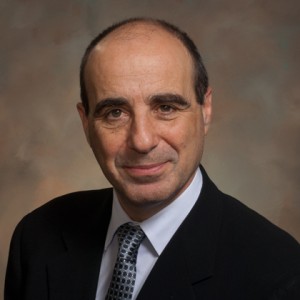Health Care Reform’s Impact on Radiologists
 The following was written by Andy Bindman, MD, Professor in Medicine, Health Policy, Epidemiology & Biostatistics at UCSF. During 2009-2010 he served as a Robert Wood Johnson Health Policy Fellow on the staff of the Energy & Commerce Committee in the US House of Representatives, where he contributed to the legislative process that resulted in the passage of the Patient Protection & Affordable Care Act.
The following was written by Andy Bindman, MD, Professor in Medicine, Health Policy, Epidemiology & Biostatistics at UCSF. During 2009-2010 he served as a Robert Wood Johnson Health Policy Fellow on the staff of the Energy & Commerce Committee in the US House of Representatives, where he contributed to the legislative process that resulted in the passage of the Patient Protection & Affordable Care Act.
I recently published an article in the Journal of American College of Radiology that discusses how the Patient Protection and Affordable Care Act (PPACA), as a federal law, is not only increasing the number of Americans with health insurance but is also causing significant changes in how physicians are paid.
As it specifically relates to Medicare and Medicaid, the PPACA includes resources for Centers for Medicare and Medicaid Services (CMS) to test new payment models. The strategies being tested, including pay-for-performance, bundled payments and shared savings through accountable care organizations (ACOs), all incentivize performance to a greater degree than does the fee-for-service system, which is the model we’ve used up until now.
Based on these new models, radiologists can anticipate that the basis for how they are paid will change and that they will need to play a greater role than has been required of them in the past (i.e., the traditional fee-for-service payment system mentioned above) to demonstrate that imaging studies are used safely and efficiently.
To read the full article in JACR, click here (subscription required).
